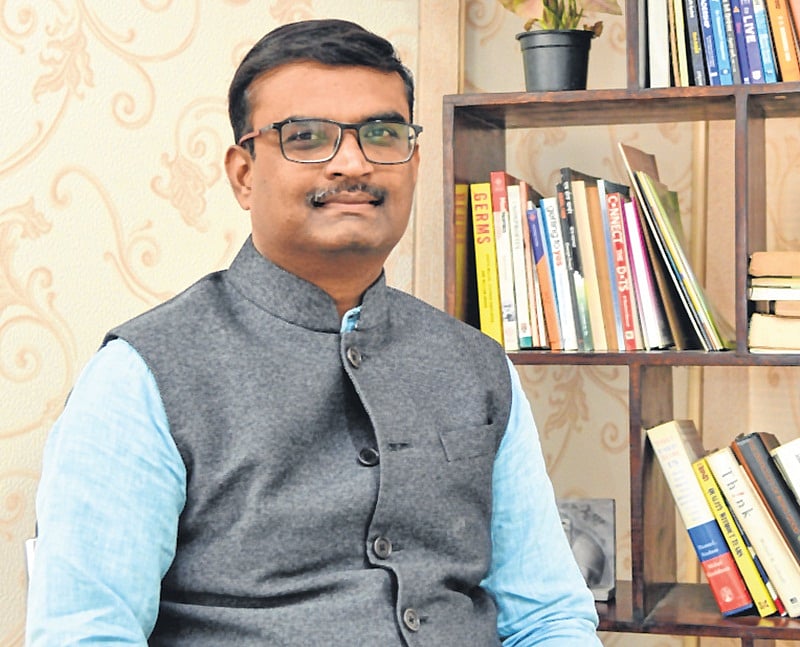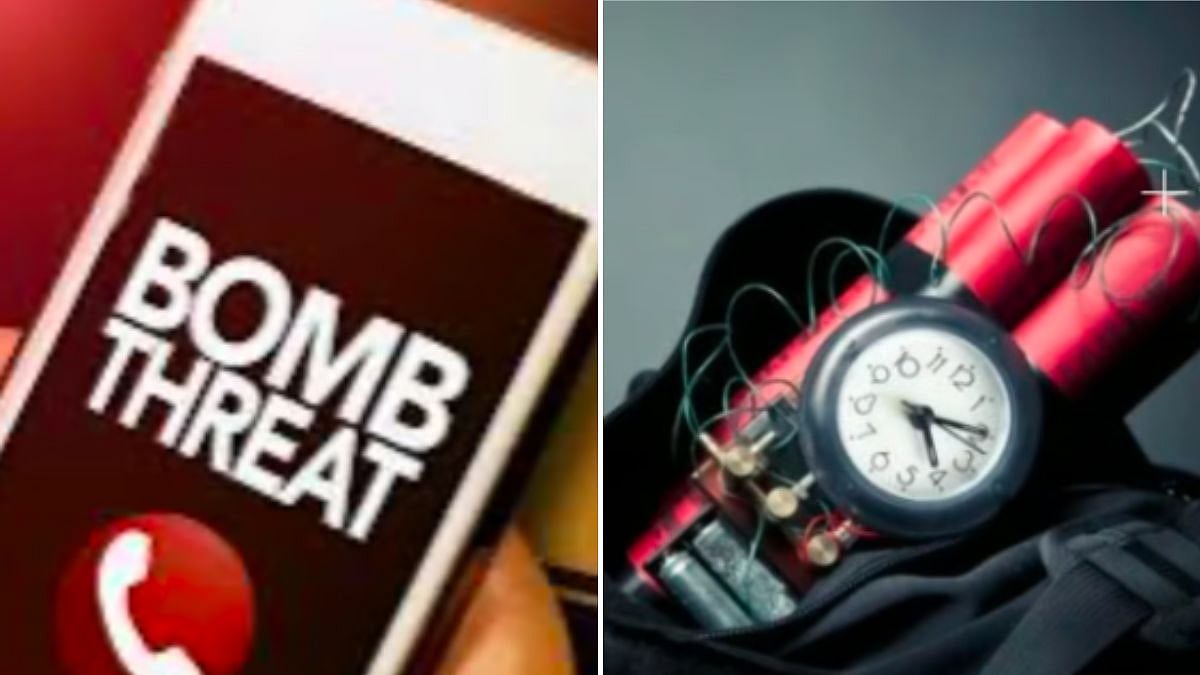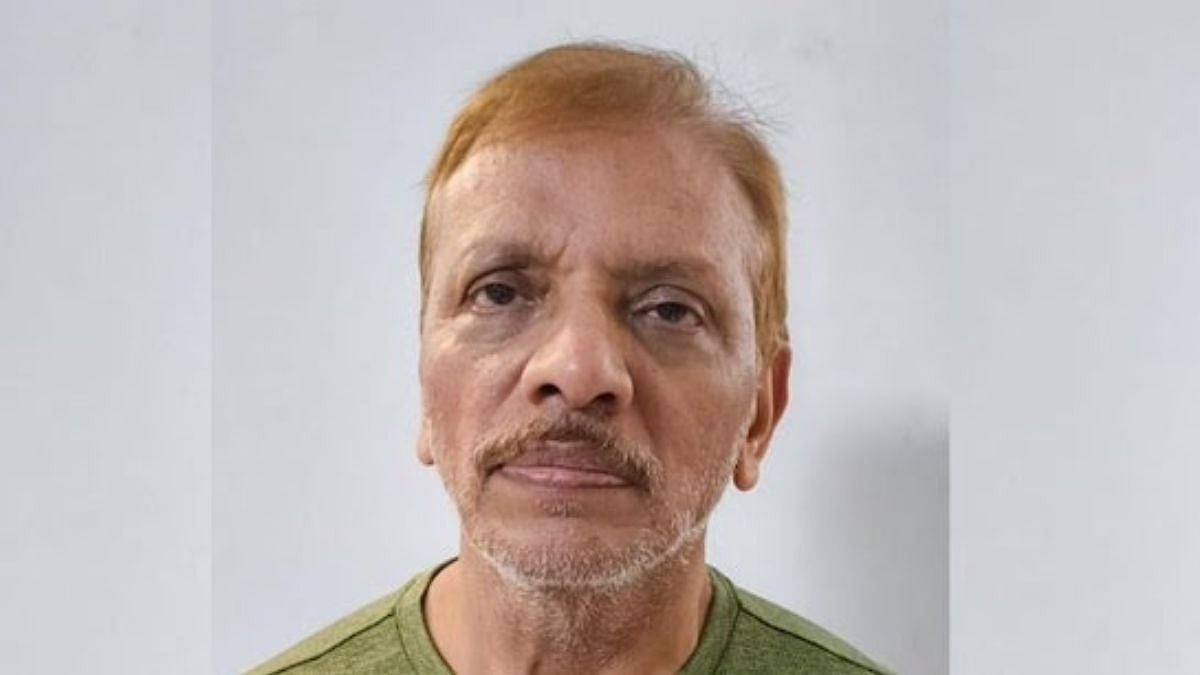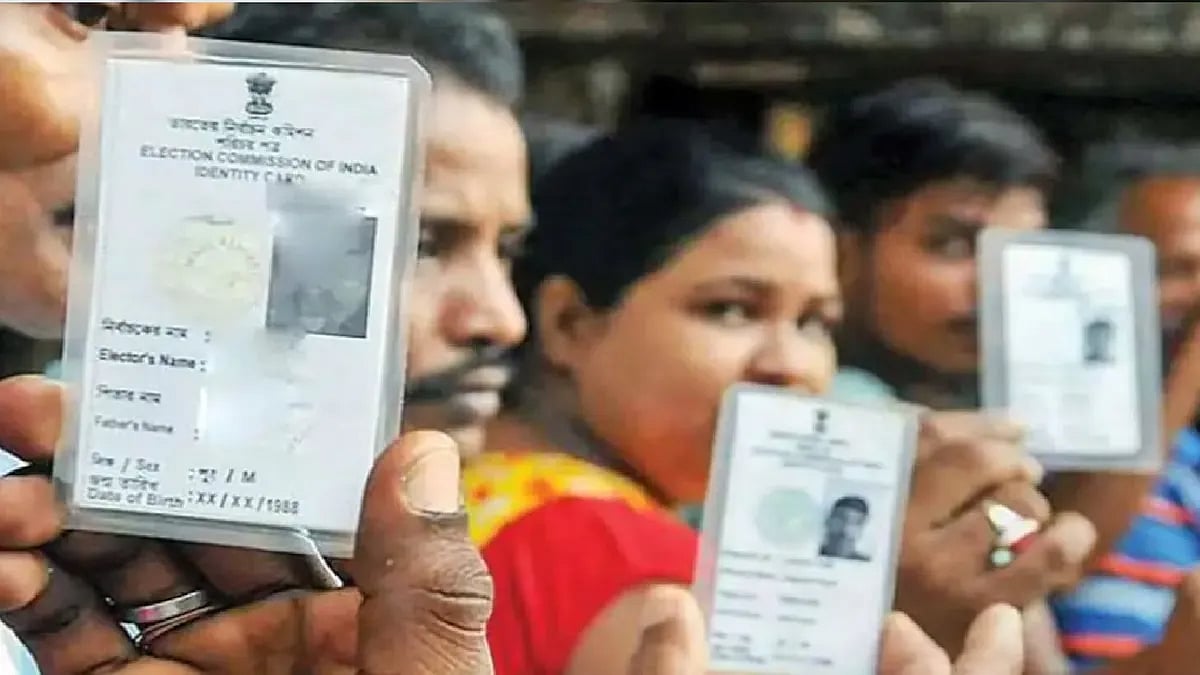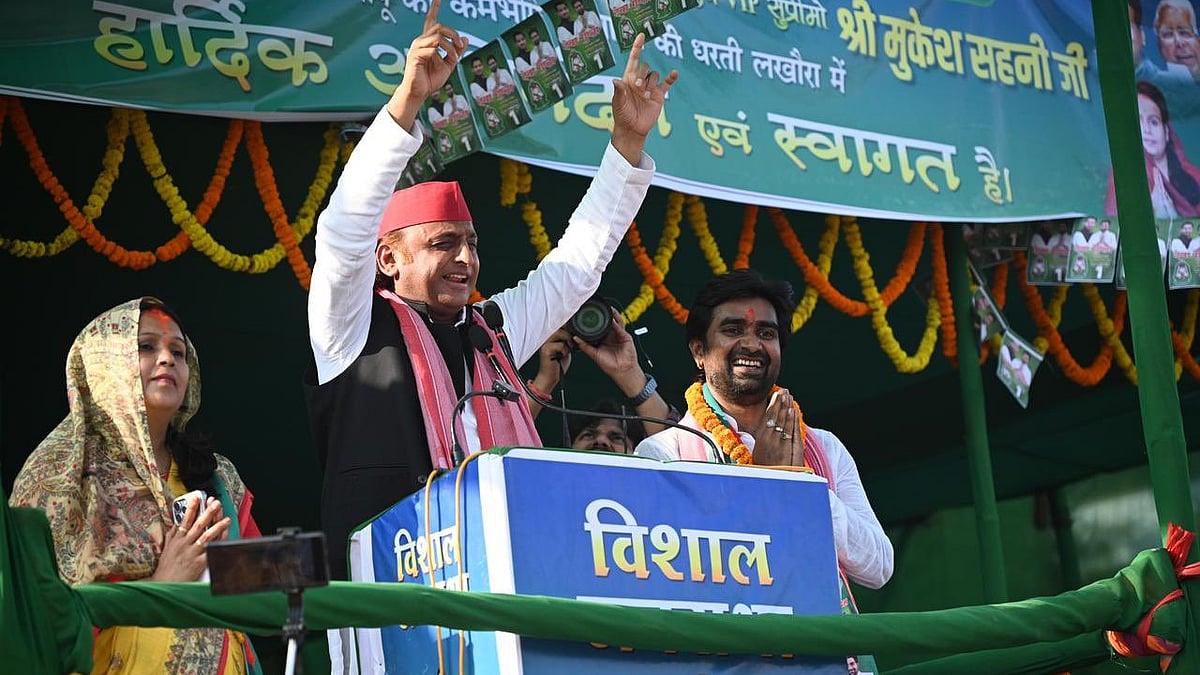Maharashtra has had its own healthcare scheme for over four years now. Lakhs of people have been able to benefit from this scheme called Mahatma Jyotiba Phule Jan Arogya Yojana (MJPJAY). Earlier named Rajiv Gandhi Jeevandayee Arogya Yojana (RGJAY), the scheme was implemented throughout the state in a phased manner over a period of four years.
The responsibility to ensure the smooth implementation of the scheme lies with State Health Assurance Society Maharashtra. Currently, heading this organisation is Sudhakar Shinde, an IRS officer – who is also a medical graduate. The CEO, who comes with experience in both administration and medicine, talks to Jescilia Karayamparambil about the work under the scheme.
Edited Excerpt:
What is the progress made in tendering to find an insurer?
We will not be able to comment on this. Having said that, I would like to add that the tender put out for MJPJAY expired in 2016. Since then, we have been running the scheme under the umbrella of extensions. We have renegotiated our premiums with the government insurer.
Meanwhile, re-tendering was on the cards but the bids were way higher than our expectations. So we decided to continue in the current arrangement.
With the onset of Ayushman Bharat, there has been a change in some parameters related to our procedures and an increase in our cover. Looking at the size of Maharashtra, we had to increase the number of hospitals and make healthcare more accessible. All these factors need to be incorporated.
We want to invite bids taking into consideration the changes in the schemes. Both the schemes have to work in coordination and in an integrated manner, preferably through the same insurer. This is to make sure the schemes function smoothly and also to save costs.
How much would the upcoming tender be worth?
The upcoming tender would be around Rs 2,300 crore. Last year, we went in for a re-tender of Rs 1,500 crore. This rise is due to the increase in the number of hospitals and procedures.
Do we see a rise in the premium that is paid?
Yes, of course, there will be an increase in the premium. At present, we are paying a premium of Rs 640 per family per year for 978 procedures. There were new procedures that were included and some outdated procedures that were removed. The cabinet has taken decision to include high-end procedures like hip and knee replacement under the state scheme.
When we discussed this with the stakeholders, they suggested that we should increase rates. Based on that feedback from them, the rates will be increased. For instance, these rates will allow for surgery of fractures, dialysis etc. At present, under our insurance scheme, patients are eligible for treatment under Grades A, B, C and D — and they receive 60-100 per cent payment based on the grade.
We are considering ways to make the scheme more equitable by restricting the grades to A, B and C. In that case, there will be 80-100 per cent reimbursement of medical costs incurred. It is a biggest scheme and we accept enthusiastic response from the industry.
Do we see Maharashtra government considering the idea of introducing cards for beneficiaries the way Ayushman Bharat plans to?
We are totally based on ration cards. We don’t see the need to complicate the process. Along with a ration card, any identity proof serves its purpose.
We don’t plan to issue any card as we are already covering 90 per cent of the population in the existing system. It can add to cost, at the same time lead to administrative hassles.
How many hospitals have been registered under the MJPJAY?
So far we have the mandate to have only 492 hospitals under the current scheme. If I need to increase the number of hospitals we will have to re-tender. We are considering empanelling around 800 hospitals. There are more than 1,500 hospitals that are waiting, desirous of being included in the scheme.
On the one hand, the healthcare providers want to participate in the scheme. On the other hand, we are very keen to increase the number of hospitals so that we reach the remote areas too.
How many hospitals have been removed from the list?
In the last six months, we have removed 80 hospitals from the panel.
What are the mistakes these hospitals end up making?
Some hospitals collect cash even though the scheme is supposed to be free. This is against the principle of the scheme. There are around Rs 300 crore that have been refunded to the beneficiaries by the healthcare providers. At times, there are beneficiaries that come to our office directly to raise issues faced by them at hospitals.
If we find any irregularities on part of the hospital we contact them and ask the healthcare provider to refund the amount.
We put the hospital under observation, and if we get repeated grievances then we suspend them.
What are the types of complaint that you get?
At times there are policy-related grievances and at times there are grievances that show deviation from the memorandum of understanding between hospital and government.
We receive 10-12 grievance calls every day. We enquire and if there is any substance in the complaints, we take action against them. We have a 24X7 call centre that offers help to the patients that face any problem. There are 32 people sitting round the clock to resolve such issue.
When the central government adds new procedures, does MJPJAY add them too?
In the case of new procedures, we add them. We constantly deliberate with the centre on these issues. At times, the same procedures are called by different names. So, we take that into account too.
How many patients have used this facility?
Over a period of time, we have treated 22 lakh patients. This year we treated 5 lakh patients. There has been 10-12 per cent rise in the number of patients that have availed of the facility.
There are private players who say that the package costs are not feasible. How do you view that?
The package cost was decided keeping in mind a lot of things. There was a committee of technical experts that looked into it. The rates are decided keeping in mind the rates related to infrastructure, procedures, medicines, human resources and reasonable profits.
The rates decided might not work for some private hospitals. But private players have to look at the volumes that we are providing. The government wants them to take advantage of scale because the government will be their biggest client.
